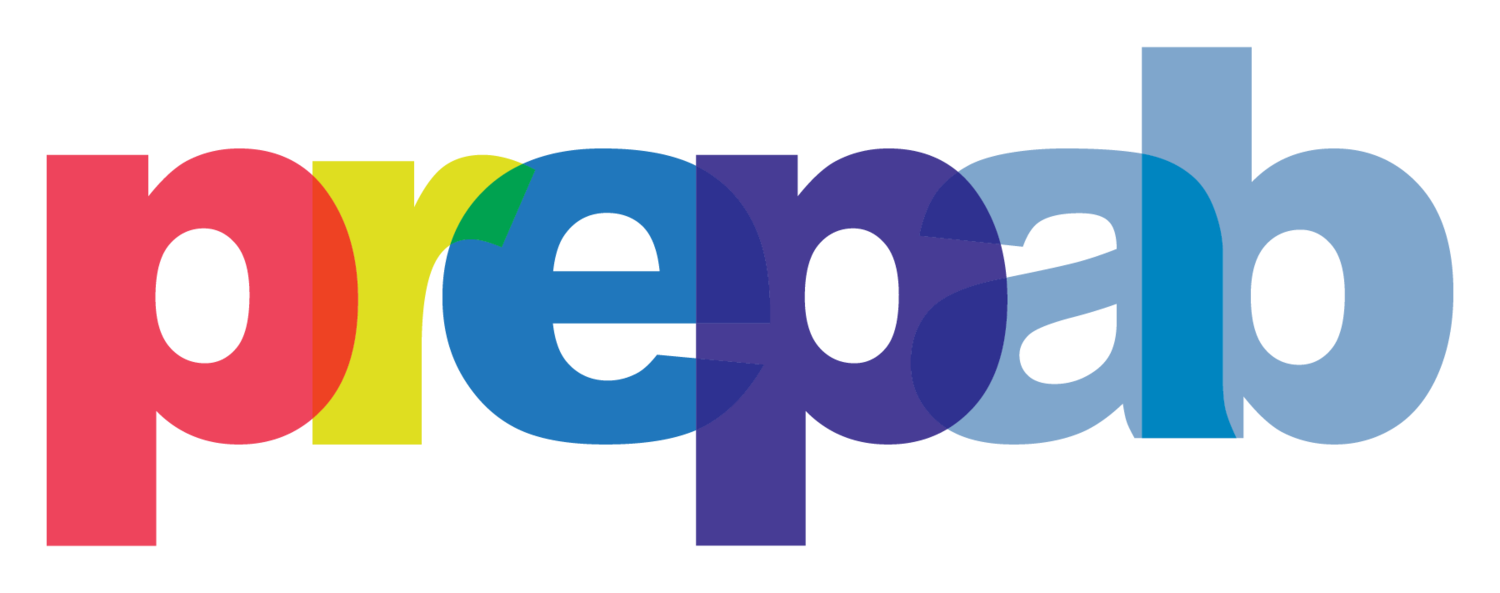
Indigenous Communities
PrEP Access: Barriers & Opportunities
The following are PrEP access barriers, opportunities, and accessibility considerations experienced by indigenous communities in Alberta, as described by indigenous community members and service providers. This knowledge was shared through EMHC’s PrEP Alberta consultation series and was presented back to participants for validation. While these do not capture all PrEP access barriers, opportunities, and accessibility considerations experienced by indigenous community members and service providers, they do provide an important starting point for healthcare or service providers when supporting indigenous clients or communities in seeking PrEP.
Barriers
This section focuses on PrEP access barriers experienced by indigenous communities. By barriers, we mean things that might make PrEP access more challenging.
Differing Pathways
While eligible First Nations and Inuit people (those who have “status”) can access PrEP at no cost through Non-Insured Health Benefits (NIHB), Metis individuals and those without status (a significant portion of indigenous people in Alberta), can’t. Therefore, access pathways differ.
Confidentiality
In many reserves, “everyone knows everyone,” including those who work at the health centre. It can be difficult for people to find a safe space where they feel they can have a confidential conversation about PrEP without worrying that others might find out.
Provider Knowledge
Physicians sometimes call pharmacists, not knowing about PrEP access pathways or where to go for information. Unfortunately, not all pharmacies understand the PrEP access process themselves. This is just one example of a broader lack of PrEP awareness amongst healthcare providers.
Gaps in Data
There is often a lack of data (or access to data) concerning which indigenous people or communities are at risk of HIV infection, making it difficult to know which people or communities to target with PrEP education and services.
Isolation
Many indigenous people in Alberta live in isolated communities, particularly in Northern Alberta. This can inhibit access to PrEP education and services which are more prevalent in larger or easier to access communities.
Opportunities
This section focuses on opportunities to enhance PrEP access for indigenous communities. By opportunities, we mean things that would make PrEP access easier.
Make it Easy
To ensure PrEP information is accessible, resources should be streamlined and easy to digest. Consider using formats like posters and flowcharts instead of lengthier, text-based formats like longer brochures.
Indigenous Knowledge Pathways
PrEP education efforts should utilize key indigenous knowledge pathways and facilitators, including elders and knowledge keepers, as well as councils and health departments on reserves and Metis settlements.
Engage Youth
Social media is an important way to engage indigenous youth but may not reach all indigenous youth, such as homeless youth. Therefore, a multi-pronged strategy is important
Leverage Untapped Sources
While PrEP has been covered by media in larger media markets, radio stations that reach rural and remote communities, such as CBC North, were seen as an untapped resource.
Address Differing Accessibility Needs
Language and accessibility considerations vary from community to community. Therefore, it is important to work directly with communities to find out what they are and respond to them.
Centre Indigenous Experiences
PrEP resources and services should recognize the impacts of colonization and trauma and should centre the cultures and experiences of indigenous people.
Make it Culturally Relevant
Using culturally resonant visuals/symbols such as syllabic and the medicine wheel were encouraged, as was the use of indigenous artists in the development of resources.
To learn more about PrEP access for indigenous communities, click the button below. Otherwise, feel free to review the remaining sections of this report to learn more about the unique PrEP access barriers, opportunities, and accessibility considerations experienced by other populations.












